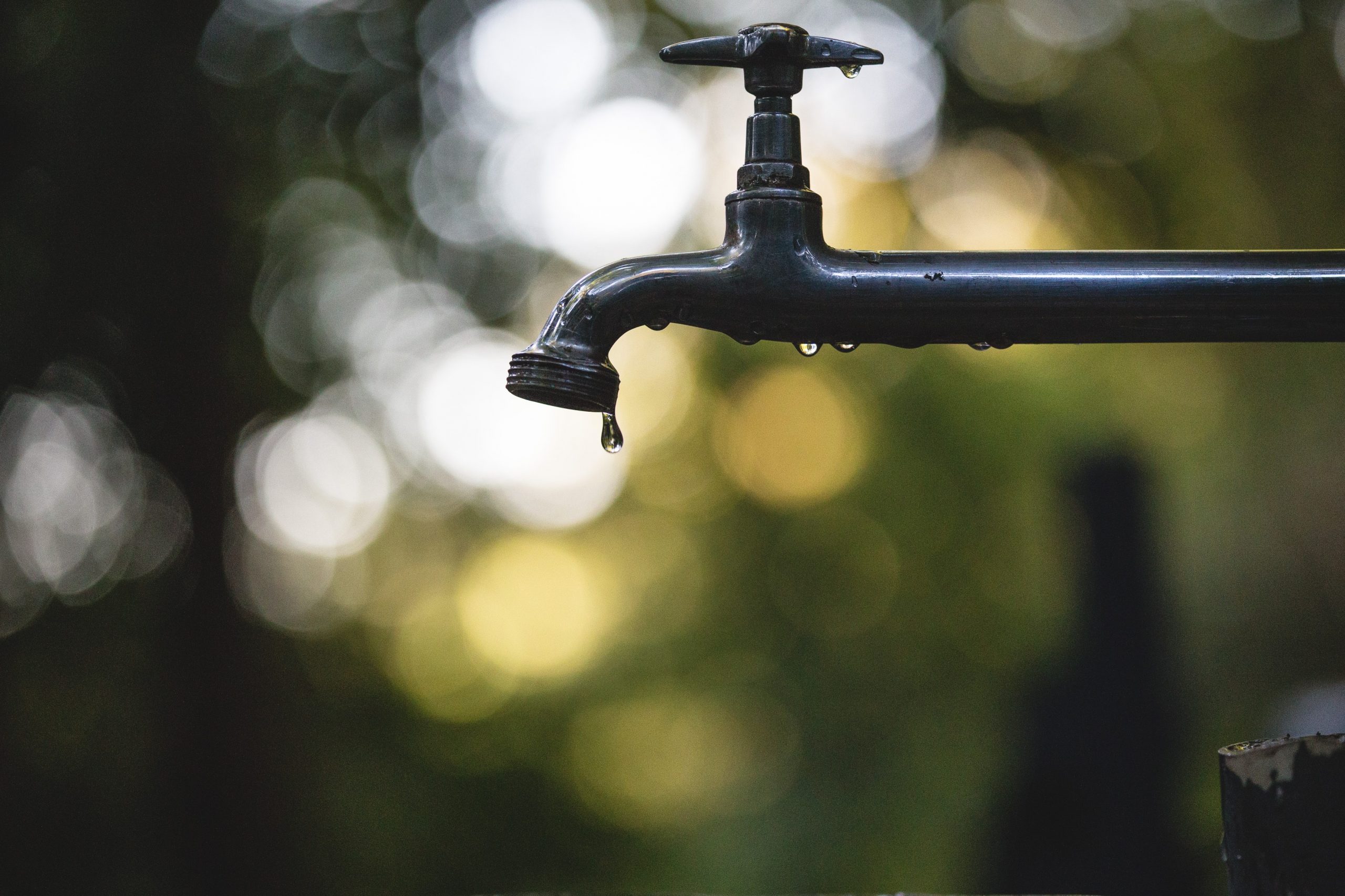
American Rescue Plan Funding: A Playbook for Efficiently Getting the Lead Out
Summary
Lead is a neurotoxin that continues to harm communities across the country. Though new uses of lead in paint, gasoline, and pipes have been banned for several decades, lead in legacy products and materials remains in communities, posing an ongoing threat to human and economic development. Anywhere from 6 to 10 million residential lead service lines (LSLs), for instance, are still in use nationwide.
Funding included in American Rescue Plan (ARP) grant programs gives cities and states the opportunity to finally eradicate lead contamination in water lines. These steps outlined in this memo (and summarized in the figure below) represent a data- driven approach to rid American communities of the pernicious effects of lead contamination in water systems. This approach builds on research from the University of Michigan and subsequent implementation by BlueConduit in more than 50 cities in the United States and Canada.
A deeper understanding of methane could help scientists better address these impacts – including potentially through methane removal.
We are encouraged that the Administration and Congress are recognizing the severity of the wildfire crisis and elevating it as a national priority. Yet the devil is in the details when it comes to making real-world progress.
The good news is that even when the mercury climbs, heat illness, injury, and death are preventable. The bad news is that over the past five months, the Trump administration has dismantled essential preventative capabilities.
The Federation of American Scientists supports H.Res. 446, which would recognize July 3rd through July 10th as “National Extreme Heat Awareness Week”.